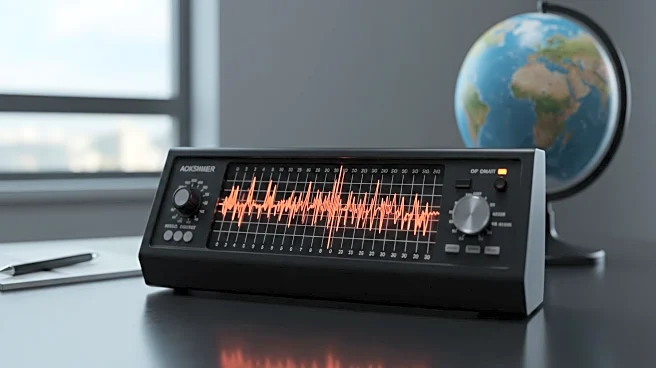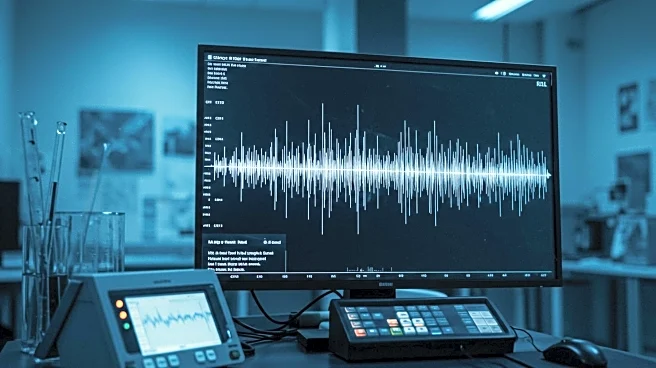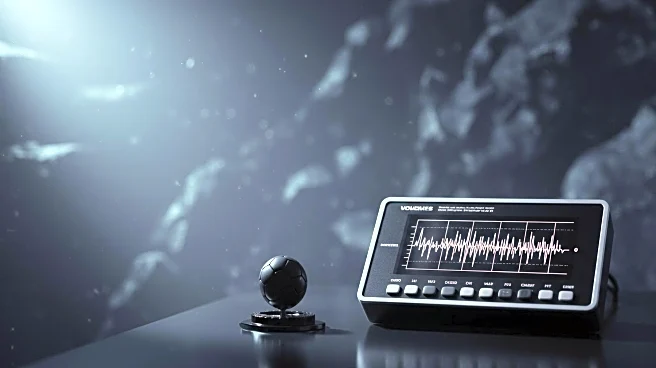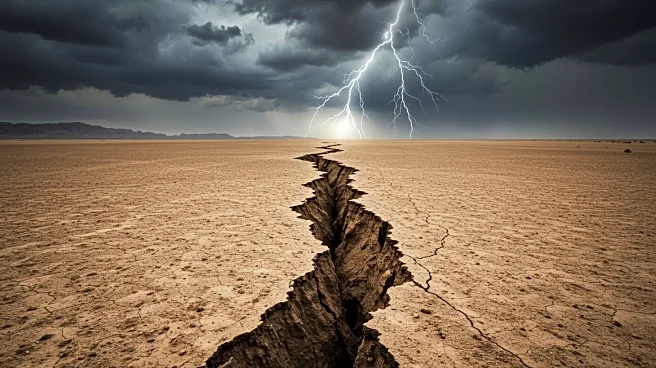Rapid Read • 8 min read
On March 28, 2025, Myanmar experienced a devastating magnitude 7.7 earthquake along the Sagaing Fault, resulting in significant loss of life and destruction. Caltech researchers have studied this event using advanced satellite imagery to understand the fault's movement. Their findings indicate that strike-slip faults like the Sagaing and California's San Andreas could produce earthquakes of unprecedented magnitude. The research, led by Jean-Philippe Avouac and published in the Proceedings of the National Academy of Sciences, highlights the potential for these faults to slip beyond historical expectations, offering crucial insights into earthquake forecasting models.
AD
The study's implications are significant for seismic hazard assessment in California, particularly concerning the San Andreas Fault. Current models, which rely on historical earthquake data, may not fully capture the potential for future seismic events. The research suggests that faults can slip more than anticipated, challenging existing models and emphasizing the need for physics-based approaches that consider recent fault activity. This could lead to more accurate predictions and improved preparedness strategies, potentially reducing the impact of future earthquakes on communities and infrastructure.
The findings may prompt a reevaluation of earthquake forecasting models used in California and other regions with similar fault systems. Researchers and policymakers might consider integrating physics-based models that account for recent fault movements into seismic hazard assessments. This could lead to updated building codes, emergency preparedness plans, and public awareness campaigns aimed at mitigating the risks associated with large-scale earthquakes. Additionally, ongoing monitoring of fault activity using satellite imagery and other technologies will be crucial in refining these models.
The study raises questions about the reliability of historical earthquake records in predicting future seismic events. It suggests that the complexity of fault systems may lead to unexpected earthquake patterns, challenging the notion that past events can reliably forecast future occurrences. This underscores the importance of continuous research and technological advancements in seismology to better understand and anticipate the behavior of faults like the San Andreas.
AD
More Stories You Might Enjoy












